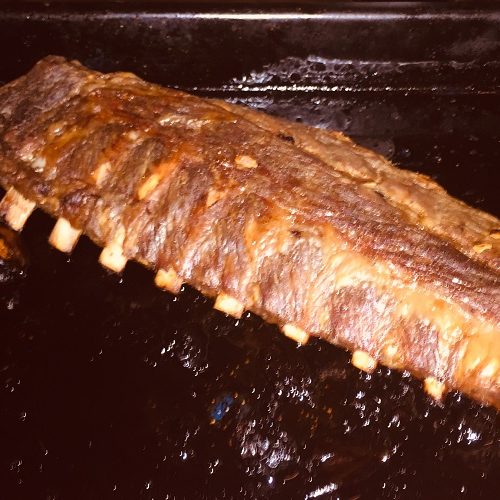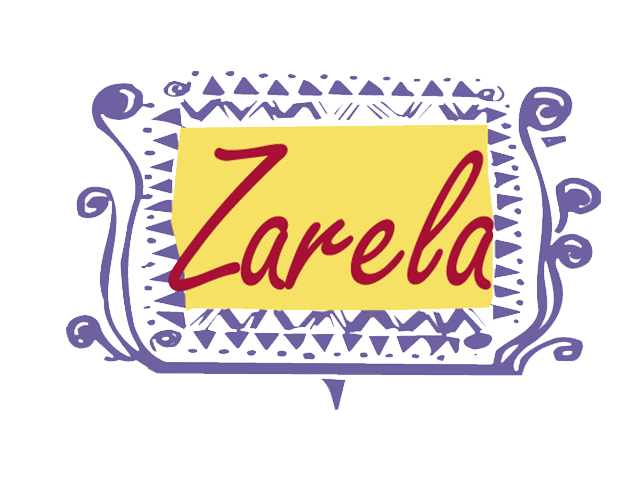Carne de chango or carne de mono literally means “monkey meat.” Some say that at one time this famous smoked specialty of the Catemaco area was made from local monkeys. That’s as may be –- the only monkeys now left in the region are a colony of Asian macaques imported from Thailand by University of Veracruz behavioral scientists who supervise them on an island in the lake — but today the “monkey meat” is made from pork. Even the name has turned into just “carne ahumada” (“smoked meat”) on most restaurant menus.
I kept thinking of this delicacy as we explored the wooded hills around jewel-like Lake Catemaco, periodically getting haunting whiffs of the wood fires that most local families still routinely build for breakfast and dinner. At certain hours the whole area smells like a gigantic fireplace. But the arrangements for smoking carne de chango are a little more complex. Some people position the slabs of marinated meat on racks over a fire made with green wood (to produce more smoke) and aromatic leaves and seasonings. Others smoke the meat in special adobe ovens. Carne de chango can be held for a week or more after cooking; to serve, you then flash-fry it in hot lard and dish it up with a lively local salsa like Chile pastor.
I fell in love with carne de chango as soon as I tasted it, and longed to recreate that evocative flavor at home. Back in New York, I got out my Weber grill and prepared for the experiment feeling as if I were trying to conquer Everest. I made the summit on my first attempt! It was surprising just how easy the whole operation was. The procedure certainly wasn’t identical to the way they do it in Catemaco, but the result was remarkably close.
The necessary equipment is not all that hard to assemble. The only unusual item I had to find was a long, very sharp, thin-bladed knife for whittling the meat into sheets. I ended up with a meat-filleting knife (not the same as one for fish fillets, which is too flexible for this purpose). A straight-bladed slicing knife with a pointed tip would also work; a boning knife might do although the curved shape is not ideal. I heated my kettle grill (I don’t have a special smoker-grill) with good French hardwood charcoal from a local gourmet shop, and used soaked mesquite wood chips for smoking. (If you don’t like the aggressiveness of mesquite — I happen to love it, especially with these flavors — I suggest apple or cherry wood chips.) I also used a small metal container (a 9- x 5-inch aluminum loaf pan) to hold water for steam, and a glass candy thermometer to measure the temperature inside the chamber.

Grill-Smoked Meat (Carne de chango)
Ingredients
For marinating:
- 2 pounds boneless pork loin in one piece trimmed of nearly all surface fat
- 1 teaspoon coarse salt
- 1 teaspoon freshly ground black pepper
- ¾ cup freshly squeezed lime juice
- 10 cloves garlic crushed
For frying the meat:
- 3 tablespoons lard, preferably
home-rendered or vegetable oil
Instructions
- Cut the meat crosswise into sections about 3 inches long (the number of pieces will depend on the shape of the meat you start out with). With a very sharp, thin-bladed knife (see above), score a shallow (about ¼-inch deep) cut lengthwise along one piece. With the blade held lengthwise, begin to cut as if you were peeling an apple or potato — but instead of removing the outer layer, the object is to carve an entire piece into one long sheet-like strip about ¼-inch thick. Repeat with the rest of the meat.
- Rub the meat all over with salt and pepper. Combine the lime juice and garlic in a shallow, non-reactive dish such as a large glass baking dish. Add the meat, turning to moisten on all sides. Let sit, covered, turning the meat occasionally for 2–3 hours in the refrigerator.
- About 30 minutes before you are ready to smoke the meat, soak about 3 cups wood chips in 1 quart of water. (You may need to add a little more water from time to time.) If you have a smoker-grill, set it up and light by the manufacturer’s directions. Otherwise, do as I did with a standard kettle-type grill: Mound about 15 large pieces of good hardwood charcoal (commercial briquets will not do) on the left side of the grill and place a medium-sized metal container with water on the right side. Position the rack about 6 inches above the coals. Light the coals, preferably using an electric coil chimney starter. (Lighting fluids are the means of last resort — most leave an awful kerosene smell in the air.)
- Let the coals burn until red-hot all over, then add about 1 cup of the soaked wood chips to the coals. Close the lid and open a top vent just enough to insert a candy thermometer 5 inches into the chamber. Pull it out at frequent intervals to check the temperature. When it reaches 200ºF, remove the meat from the marinade and blot dry with paper towels. Open the lid, quickly place the meat on the rack over the water dish, and close the lid. (Any meat drippings will fall into the water rather than making a lot of acrid smoke as they hit the hot coals.) The meat must smoke about 40 minutes at a temperature between 185ºF-200ºF. Watch carefully, pulling out the thermometer periodically to check and occasionally feeding in another handful of wood chips. If you see the thermometer dipping below 185ºF, add another coal to the fire. If it starts getting too hot, open another of the vents for 2-3 minutes. Turn the meat halfway through the cooking. It is done when it takes on a light reddish tint.
- The carne de chango can be fried at once or stored, covered, in the refrigerator for up to a week. When you are ready to serve it, heat the lard or oil over medium-high heat in a large heavy skillet. When it ripples, quickly flash-fry the meat on both sides, allowing about 1-2 minutes in all. The strips can be cut into large individual serving pieces to be eaten with a knife and fork, or into ½- to 1-inch pieces to be used as a taco filling.

